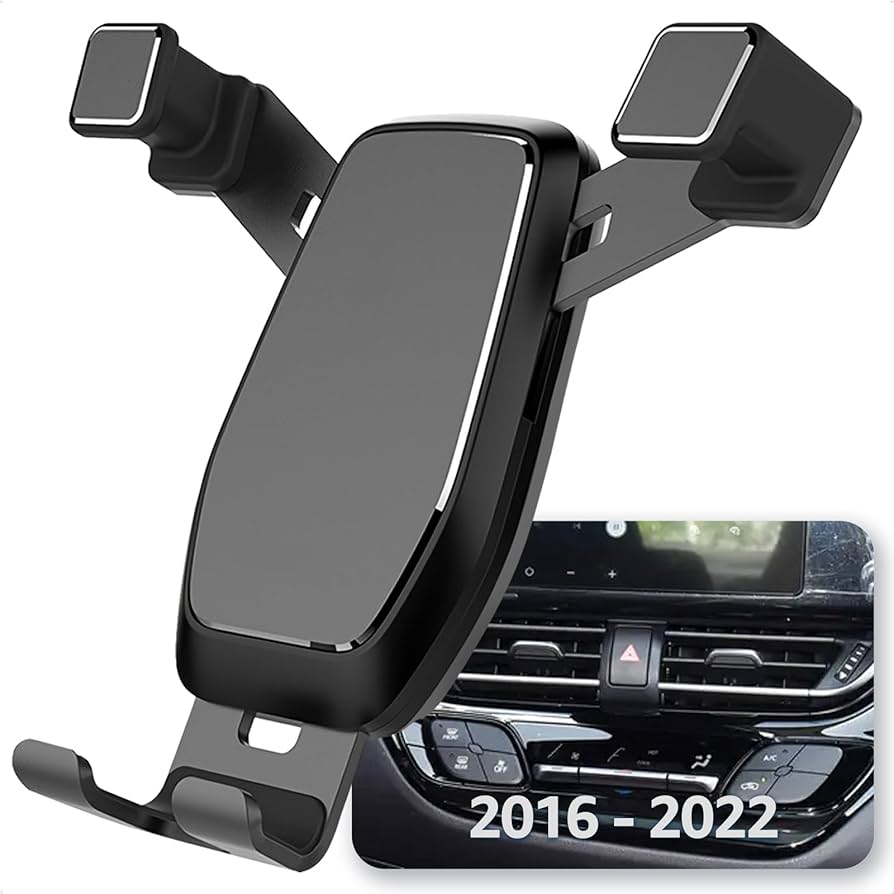Ignition switches are the prime point of a car. If you get control of the ignition switch, then you get control of the car. And it can happen vice versa. Just imagine you’re on a tour. And after getting a snack on the road, your car got stuck.
However, last time you checked everything seemed fine. And now you’re having a gut feeling that something might be wrong with the ignition switch. In situations like this, it’s crucial to know how to test the ignition switch.
Here’s the thing-
There are 2 methods of the testing ignition switch. One is through a test light and the other is through a multimeter.
Here, we will discuss both of these methods in detail. And as supplements, we will discuss ignition switch functions, failure symptoms, and solutions.
Now, let’s jump right into the details-
Ignition Switch Basics
Before you go cracking into the switch, you should know a few details about it.
So, the first question is where is the ignition switch located? It’s a stupid question, to be honest. If you’re already driving a car then you should know it already. However, for the sake of formality, we’re answering. It’s located on the dashboard or on the side of the steering wheel.
Nowadays, a lot of ignition switches have transformed into a button. And most of those buttons are located on the dashboard.
What does it do?
Well, it is the on/off switch for the car. Besides this, the ignition switch distributes power among other parts of the car.
Now that we know the basics of the ignition switch, let’s move on to the next part.
Signs of Bad Ignition Switch
An ignition switch isn’t like that emo kid. It gives you clear signs before breaking down.
So, what happens when your ignition switch goes bad?
You might notice 3 symptoms of a faulty ignition switch. We’ll go through each of these, one by one.
Key Movement Issues
One of the easiest noticeable ignition lock cylinder symptoms is key movement issues. But this will happen only if you’re using an old car.
Every time we insert the key into the cylinder, the key and the switch go through friction. With time this friction results in a worn cylinder. This worn cylinder may jam your key inside.
Sudden Halts
For starters, your vehicle might stop suddenly while running. This bolt from the blue is the first and most common sign of ignition switch failure.
When your ignition switch goes out of order, it can cut off the power supply to the fuel system. As a result, your vehicle starts stalling.
Switch Status Uncoordinated
Basically, there are 3 ignition switch statuses available. After putting the ignition key into the chamber, you’ll go through each of the states.
Just after inserting the key, you’ll see the switch at the off status. After turning it a bit, you’ll reach the on position. Here you’ll see the dashboard lighting while keeping the engine off.
If your ignition switch goes out of order, then your lights will remain off at the second position.
Overheating Switch
If you touch your ignition switch, you’ll feel the heat coming out of it. Basically, the whole thing could go from cold steel temperature to hot unbearable temperature due to problems inside.
Dashboard Light Failure
An ignition switch issue will result in engine stalling while running idle. And with that, you’ll see your dashboard lights getting all messed up.
You’ll see the oil light, charge light, brake light, and all other warning lights disfunction.
Frequent Engine Drains
Many people ask, “can a bad ignition switch drain battery?”
Our answer is yes. The ignition switch turns on the main electrical system of the car.
So, a broken ignition system has the capability to drain your battery. And most of the time, you’ll stand clueless after finding an unexpected drained battery.
However, this is the least of the ignition switch problems. The above cases are more severe.
How to Test Ignition Switch
If your situation matches with any of the symptoms above, it’s possible that you have an ignition switch problem.
However, before going into the solution, we need to determine the problem first. It’s just double-checking if the problem is in the ignition switch or not.
For that, we have prepared tests to find a broken ignition switch. So, here we go-
Method 1: Using a Test Light
Here we will use a test light for ignition switch troubleshooting. Now, let’s get going with the steps-
- Turn the ignition switch off and disconnect the module’s wire.
- Find the starter solenoid’s S terminal and disengage it.
- Rotate the ignition key and place it on the run status.
- Probe your ignition red wire connection to test the voltage.
- Test the ignition coil’s battery in the same way.
If you can’t find any voltage in these two points, then you certainly have problems with the ignition switch.
Method 2: Using a Multimeter
In this method here we are using a multimeter. So, let’s look at the process, without wasting any more time-
- Take the ignition switch to Off status by turning the key.
- Find the module’s wire (power feed).
- Back probe the wire by using the positive lead of the multimeter.
- Put the multimeter negative lead into the good ground of the distributor base.
- Turn the key and set it to the run position.
- Measure the voltage by using the meter.
Multimeter’s Latest Price
If the voltage is even slightly lower than 90%, then your ignition switch has problems.
Final Thoughts
Ignition switch not working is a big deal. So, it’s better not to ignore it.
And we believe at this point you know how to test the ignition switch. If your ignition switch has problems, then see if it’s solvable. If not, then replace the ignition switch.
Our advice would be, don’t try to solve it by yourself if you don’t feel up to it.




















